
Culture China
11:20, 21-Feb-2019
Beijing palace lantern maker keeps the traditional craft alive
CGTN
04:01
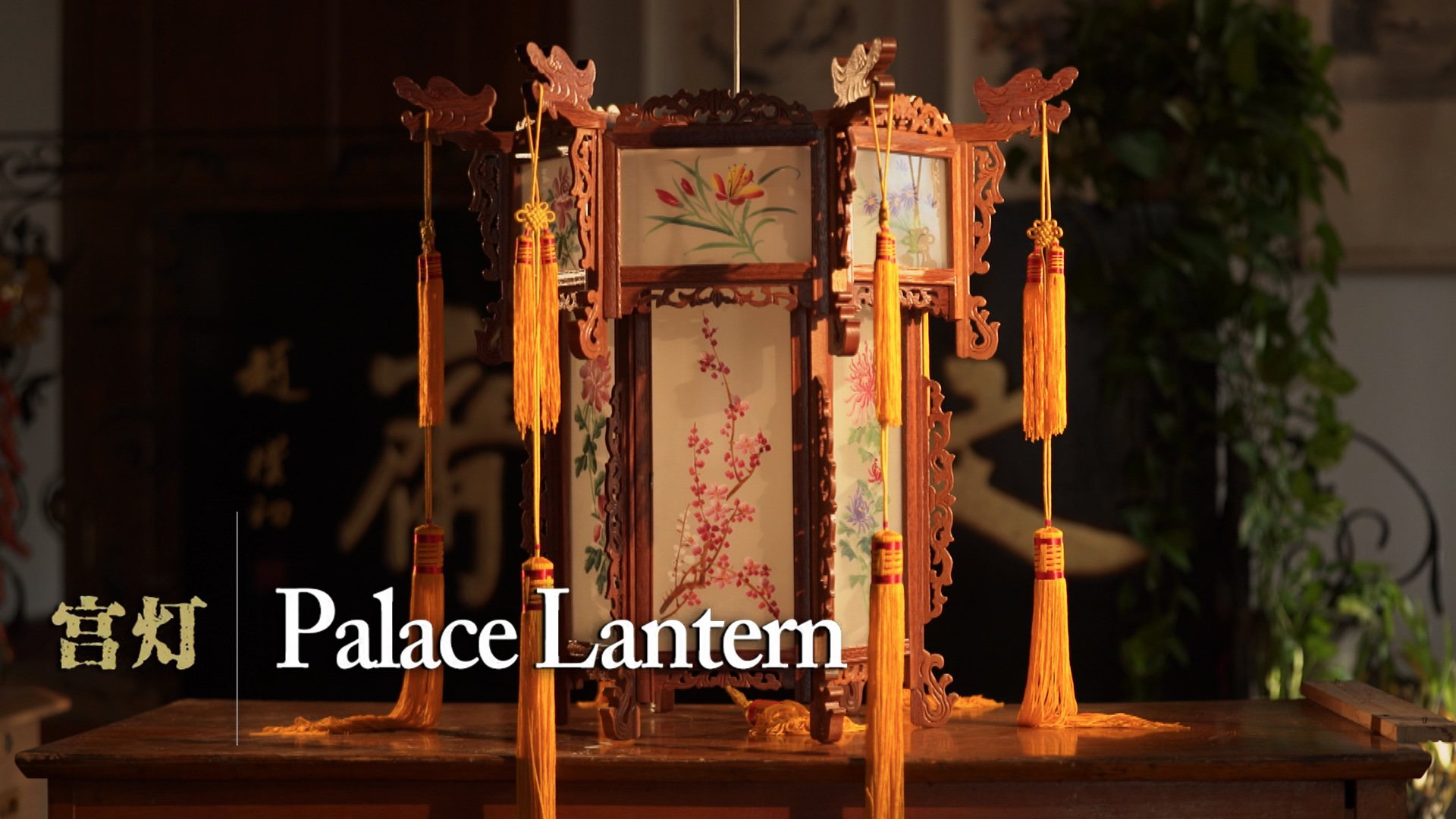

CGTN
CGTN
Palace lanterns are said to have originated in the Han Dynasty. The earliest were made from four wooden sticks and cloth, which were put around a candle to protect it against the wind.
As more refined and sophisticated styles were created, palace lanterns also evolved, becoming a major symbol of Chinese culture. The lanterns used to hold the Olympic flame for the 2008 Summer Olympics were designed with a reference to the ancient palace lanterns.
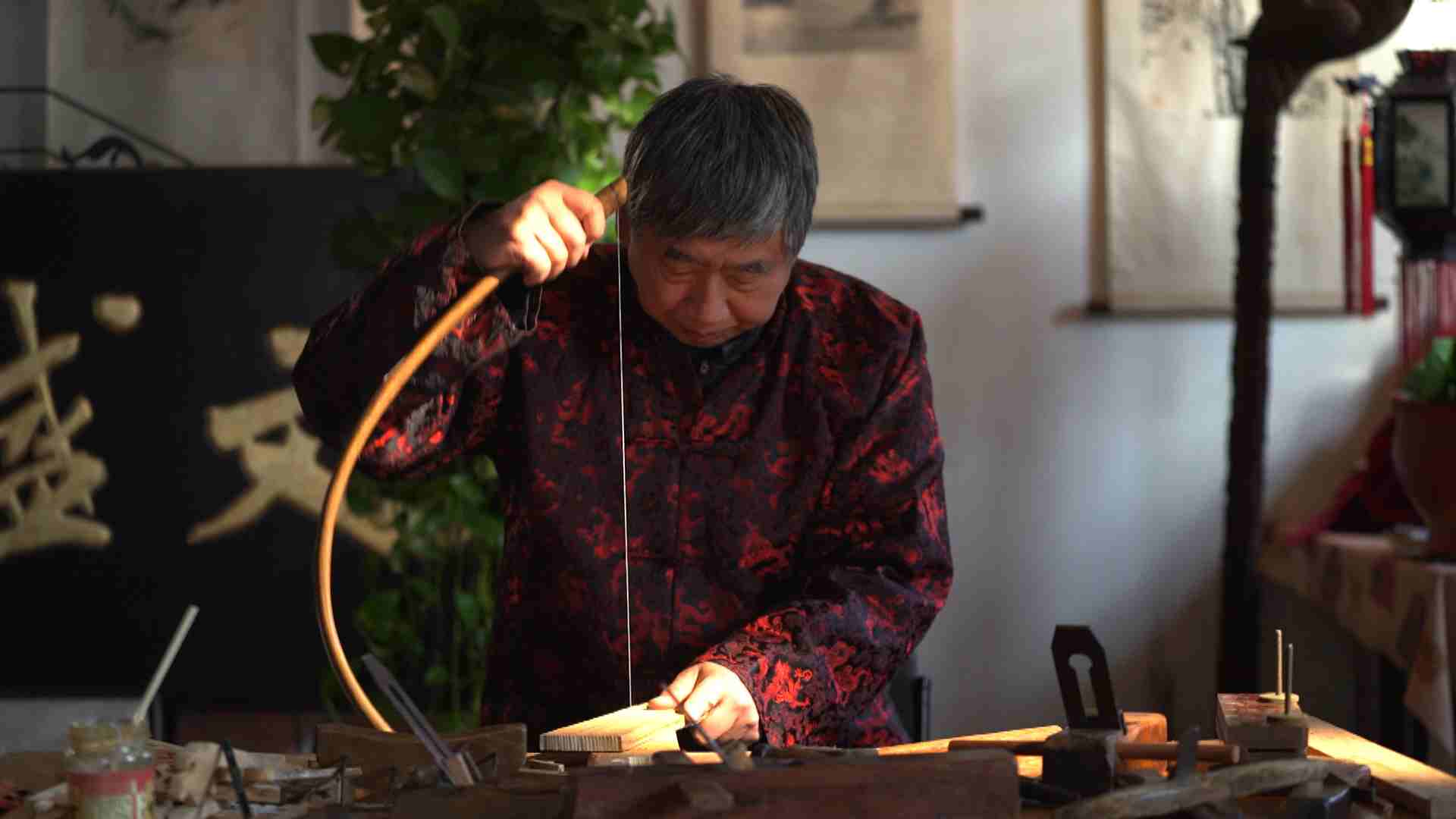
CGTN Photo
CGTN Photo
Zhai Yuliang, 67, is an inheritor of Beijing palace lantern handicrafts and is still working in the field. The factory he works for has produced lanterns for generations and the works of his predecessors can be seen in the imperial palace of the Qing dynasty.
“One of the old masters used to make lanterns for the emperor. He wore a ‘paiza' around his waist that allowed him to enter the palace. He usually got instructions from the Management Office, who asked him to make certain lanterns for certain places, regardless of time and price. Fringes, accessories, jewelry…he used whatever was needed to make the lantern delicate and luxurious.”
Even though the time of the emperors has ended, people still use palace lanterns to decorate important buildings. The red gauze lanterns of Tian'anmen Tower are also a kind of palace lantern, and are often referred to as “auspicious lanterns.”
Before the founding ceremony of New China, the masters in the factory set up a temporary workshop under the tower. They worked on the site to make gauze lanterns and carried them onto the tower as soon as they were finished. The factory also made the new lanterns for the tower in the 1980s.
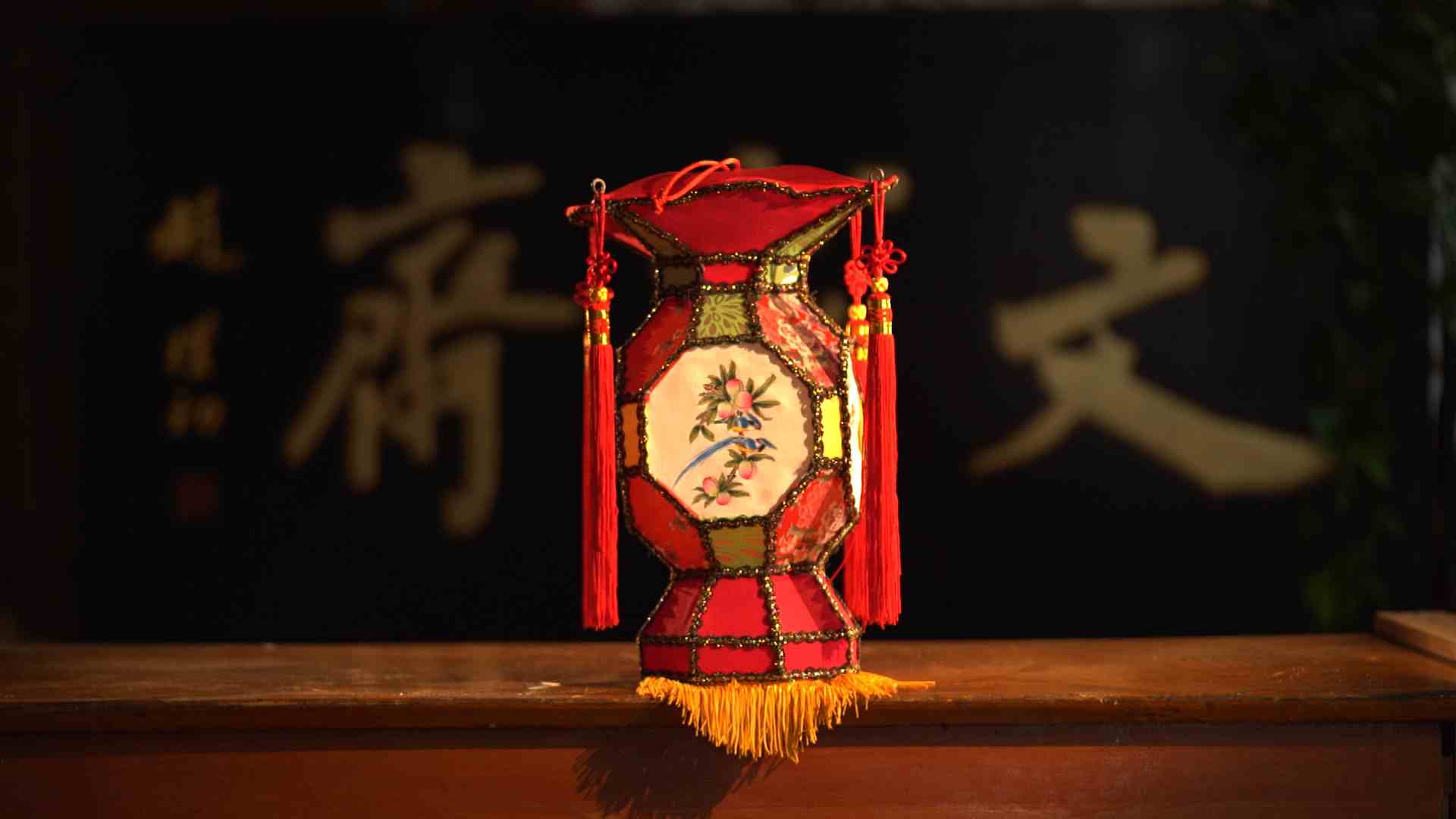
CGTN Photo
CGTN Photo
Zhai became an understudy at the factory in 1975. At that time, there were over 300 workers and one-third of them specialized in making palace lanterns. “When a dozen people stood around a long table, working, ‘bang, bang,' it sounded like an orchestra.”
After a three-year apprenticeship, Zhai's first real work was a classic double-layer hexagonal palace lantern. “The model and structure of these lanterns are popular and timeless. They fit almost all occasions. Many palace lantern styles evolved from this one.”
Even the standard hexagonal lanterns require more than a hundred pieces of wood and a hundred different treatments, such as carpentry, engraving, painting and weaving. “We use mortise and tenon joints instead of nails. It's the same as the ancient architecture and furniture,” said Zhai, feeling very proud of his lanterns.
Now, the factory mainly produces decorations for important buildings, Chinese restaurants, movies and TV shows and private collectors. “My lanterns can be seen around the world, like in Tianhua Garden, a Chinese garden in Japan, and in the Beijing Hotel in Moscow," Zhai said. "When I see my lanterns in such important places, it's hard to put the feeling into words.”
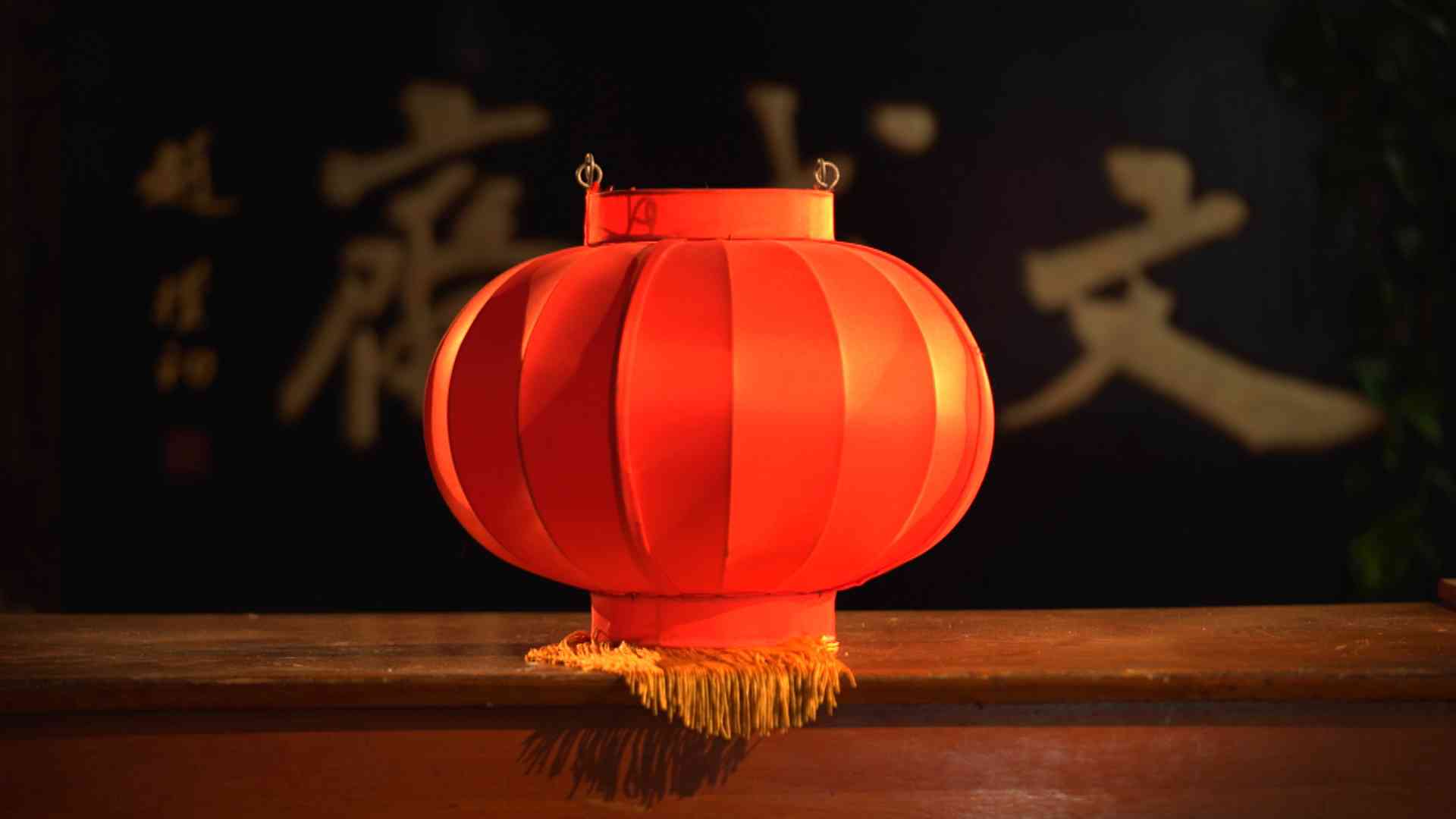
CGTN Photo
CGTN Photo
When the factory was full of workers, Zhai felt more motivated. They challenged each other to make the finest lanterns. Now, only seven or eight people do the job. Sometimes, they need the help of retired masters.
Mass-produced, cheap products had a significant impact on the handmade lantern market, but after spending a lifetime making them, Zhai can't even get used to the machine-made tools: “Say, the bow saw. We used to cut out the saw teeth by ourselves. We also designed tools during the making. If we need to make a certain thing, or to finish a procedure, we made tools to fit the purpose. If it works well, we keep using them and finish the jobs quickly and nicely.”
"Although many lanterns can be manufactured by machines, our handmade lanterns have various styles. The design of every lantern is unique, and the machines are incapable of doing that.”
Besides the glamorous palace lanterns, Zhai Yuliang also likes the hand lanterns used to light up the Lantern Festival. “They belong to folk culture, so they are different from the palace lanterns. With a lit candle inside, kids take hand lanterns and run to the streets. They embody a kind of traditional Chinese culture and an affection for life that the common people have."
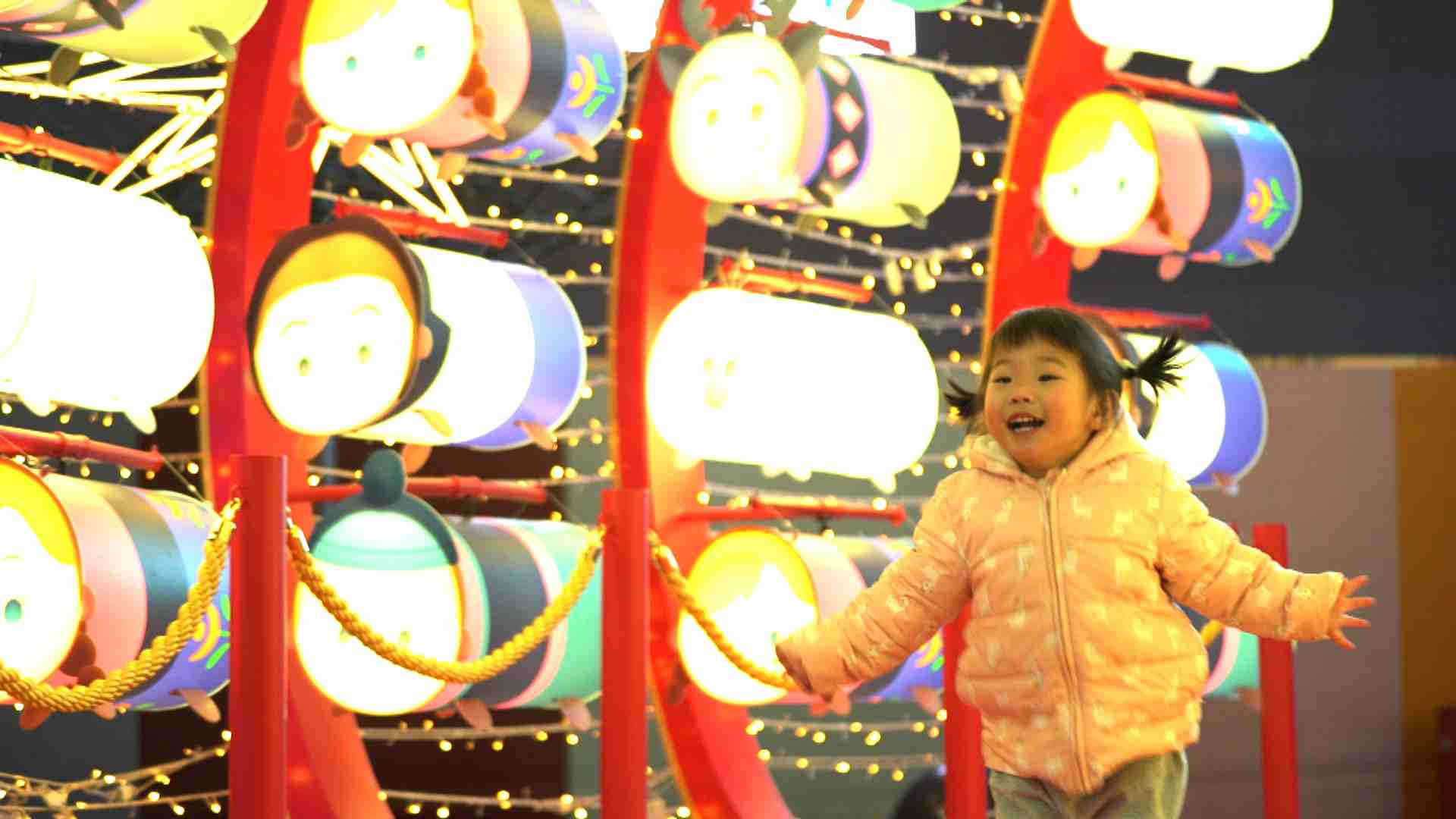
CGTN Photo
CGTN Photo
He still remembers a time when he was young and went out with a lit paper lantern. “In the past, every household would make their own lanterns in their preferred style. Therefore, unlike those made on production lines, these lanterns were diversified and different from each other, reminding you of the natural folk culture that is rooted in common life.”
“I have been making lanterns for over 40 years. After such a long time, it is only natural that I have become attached to them.” Although Zhai has reached retirement age, he is still carrying on this career, and often teaches how to make palace lanterns in schools and communities. “It is my honor to be the inheritor (of the intangible cultural heritage), so I feel obliged to pass on this traditional Chinese culture and acquaint more people with it.”
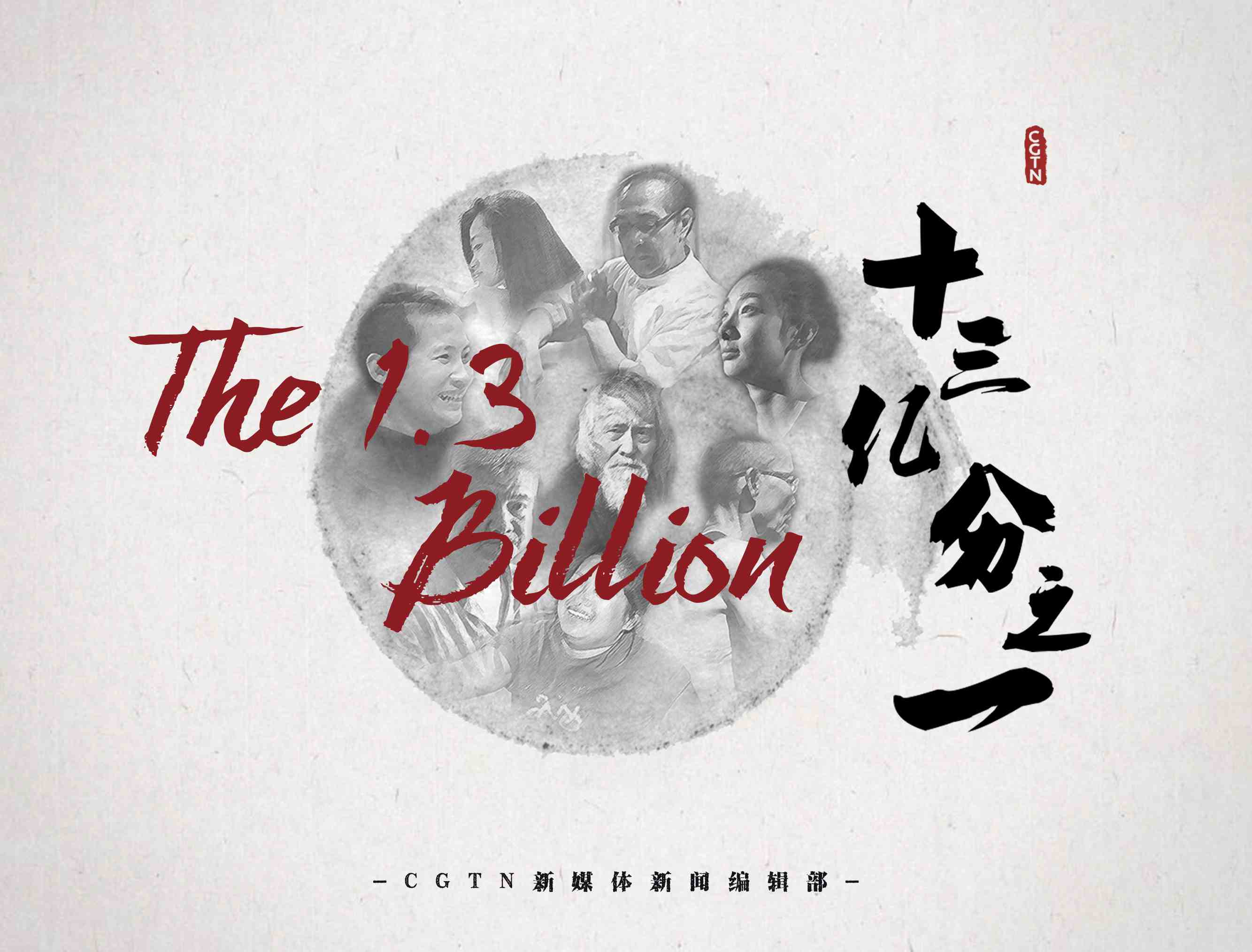
The story is one in The 1.3 Billion series exploring the diverse lives that make up China.
The story is one in The 1.3 Billion series exploring the diverse lives that make up China.

SITEMAP
Copyright © 2018 CGTN. Beijing ICP prepared NO.16065310-3
Copyright © 2018 CGTN. Beijing ICP prepared NO.16065310-3